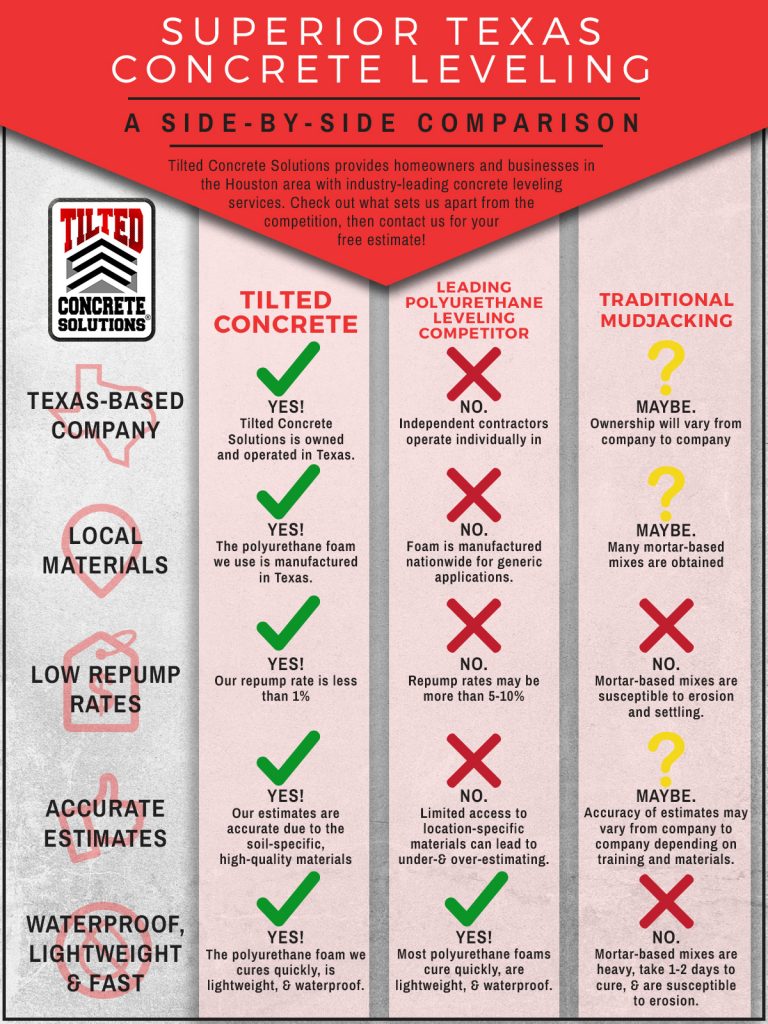When you're planning a commercial exterior painting job, seasonal aspects can make or damage your results. You'll want to consider exactly how temperature level and moisture influence paint application and drying times. Choosing the right period can ensure your paint adheres effectively and lasts much longer. Yet which seasons are really the most effective for this kind of job? Allow's explore the crucial elements that can affect your job's success.
The Influence of Temperature Level on Paint Application
When you're planning an industrial external painting project, the temperature can considerably impact exactly how well the paint adheres and dries out.
Ideally, you intend to repaint when temperatures vary between 50 ° F and 85 ° F. If it's too chilly, the paint might not heal effectively, bring about problems like peeling off or fracturing.
On the flip side, if it's as well hot, the paint can dry also promptly, protecting against proper attachment and causing an uneven finish.
You need to also take into consideration the time of day; early morning or late afternoon offers cooler temperature levels, which can be more desirable.
Always check the supplier's recommendations for the details paint you're using, as they frequently supply guidance on the ideal temperature level array for ideal results.
Moisture and Its Effect on Drying Times
Temperature level isn't the only ecological aspect that affects your business exterior paint job; humidity plays a significant role too. High moisture levels can decrease drying out times substantially, impacting the overall top quality of your paint work.
When the air is filled with dampness, the paint takes longer to treat, which can bring about concerns like inadequate attachment and a greater risk of mold development. If you're painting on an especially moist day, be prepared for extended wait times in between coats.
It's important to keep an eye on local weather conditions and strategy accordingly. Preferably, go for humidity degrees in between 40% and 70% for optimal drying out.
Maintaining these factors in mind ensures your task remains on track and provides an enduring finish.
Best Seasons for Commercial Outside Paint Projects
What's the most effective time of year for your commercial outside paint projects?
Spring and very early loss are typically your best choices. During these seasons, temperatures are moderate, and humidity levels are typically lower, developing ideal problems for paint application and drying out.
Avoid summertime's intense heat, which can create paint to completely dry as well swiftly, resulting in poor bond and finish. In a similar way, winter's cold temperature levels can hinder correct drying and treating, taking the chance of the durability of your paint work.
Go for days with temperature levels between 50 ° F and 85 ° F for ideal results. Keep in mind to inspect the local weather report for rain, as wet conditions can destroy your project.
Preparation around these elements guarantees your painting job runs smoothly and lasts longer.
Verdict
Finally, planning your business exterior painting projects around seasonal factors to consider can make a significant difference in the result. By organizing job throughout the excellent temperatures and humidity levels, you'll make certain better adhesion and drying times. Keep in mind to keep an eye on regional weather report and choose the correct time of year-- springtime and early autumn are your best options. Taking these steps will certainly help you accomplish a long lasting and expert coating that lasts.
